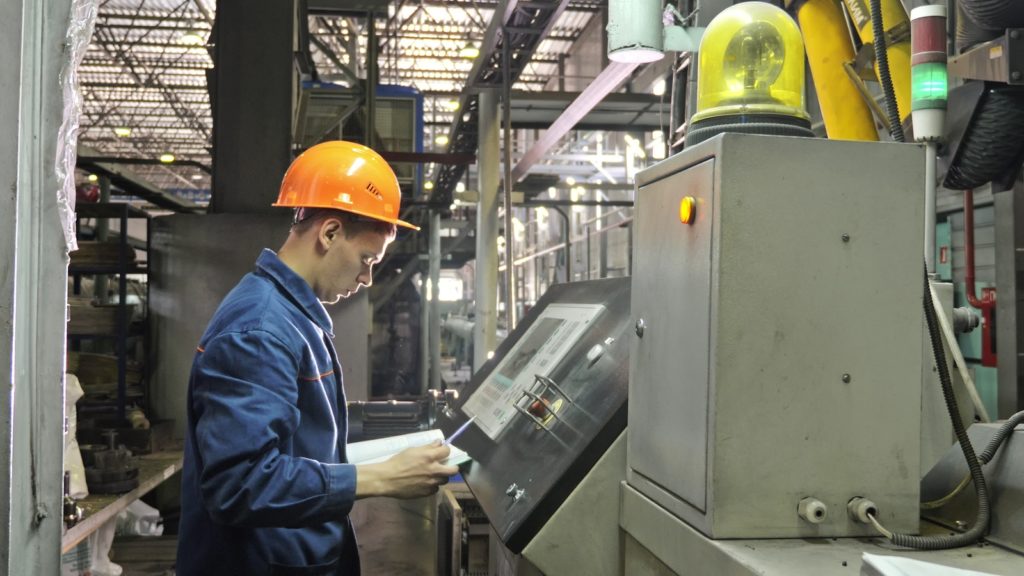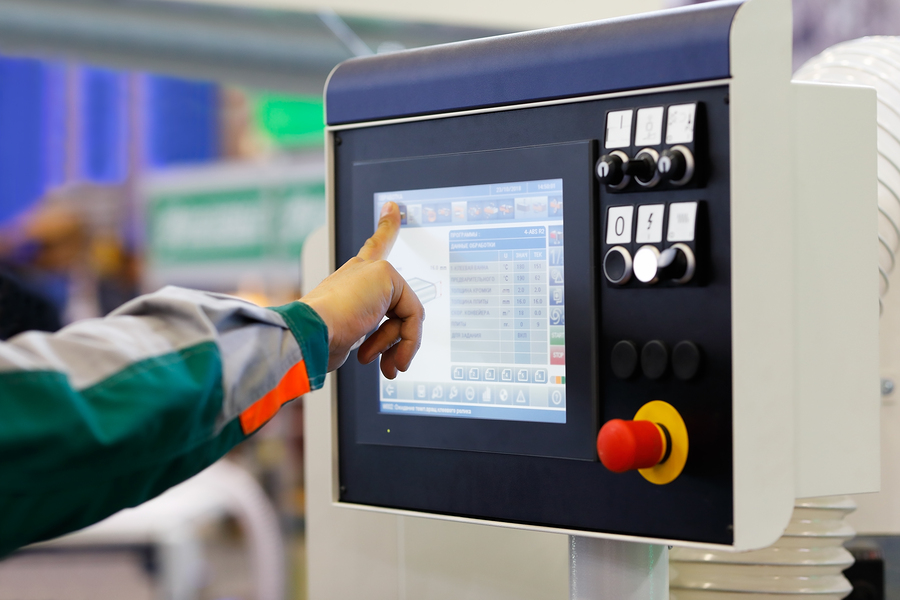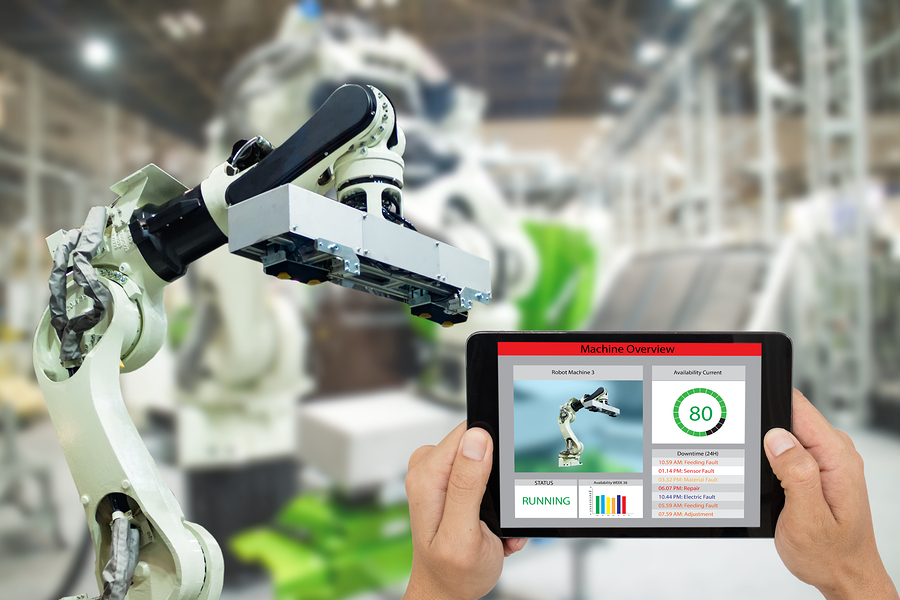Today’s manufacturing environment operates at full speed, including its maintenance operations. Having a finger on the pulse of your equipment’s condition not only keeps you in the loop about performance, it also unlocks the powerful potential for real-time maintenance. Being able to act and react without delay adds a versatile layer of agility to your entire factory operations.
Having real-time monitoring capabilities gives maintenance techs the best of all worlds. It improves proactive maintenance by alerting to impending breakdowns. It improves reactive maintenance times, minimizing downtime and peripheral problems. And it improves total caliber of maintenance by eliminating unforeseen variables.
However, to implement a real-time maintenance standard, factories must invest in the networks and technologies to enable real-time oversight.
The age of robust monitoring is here
The rise of real-time maintenance monitoring coincides with the rise of the industrial internet of things (IIoT). Smart sensors and integrated machines offer a near-continuous stream of data that unlocks powerful visibility. According to a survey among manufacturers, 81% cited real-time monitoring as improving their business. Respondents cited real-time data as helping them:
- Improve maintenance scheduling accuracy (52%)
- Achieve better parts inventory control (48%)
- Improve production performance (40%)
Respondents to the survey also cited better tracking of machine utilization and downtime reporting (63%) and greater accuracy tracking performance measures (69%) as reasons for taking the plunge into a real-time, IIoT-enabled monitoring system.
The bottom line is more oversight and the ability to see quantifiable data that dictates a maintenance response.

Capitalizing on real-time opportunities
Having a real-time IIoT system feeding you data about the status and condition of your equipment means unlocking the opportunity to address specific areas of maintenance.
In being able to transition reactive maintenance to predictive tasks and more rapidly address any real-time reactive demands, manufacturers can deliver a more complete scope of maintenance. Moreover, real-time data helps identify and prioritize those needs. This has far-reaching effects for maintenance, including:
- Better calibration for improved throughput, uptime, and accuracy
- Fewer faults in the production process, with analytics available for root-cause analysis
- Early warning and predictive modeling for rapid problem determination
- Asset monitoring and analytics for regulatory compliance
Without real-time monitoring and insights, none of these opportunities would be possible — and more importantly, maintenance teams would lack the information they need to act accordingly when a problem arises. With an IIoT system, pertinent data is available immediately, along with evidence of the correct course of action.

Real-time benefits to consider
Real-time monitoring systems enable a better caliber of action, which approximates as a better scope of benefits for manufacturers. Unlike a traditional computerized maintenance management system, which provides robust insight for actions that have already happened, a real-time IIoT component provides guidance for what to do now. This condition monitoring serves the immediate needs of factory managers by unlocking:
- Lower maintenance costs, through predictive analysis
- Immediate problem resolution, through real-time alerting
- Maximized production output, through equipment evaluation
- Prioritized maintenance tasks, through ranking the immediate severity
When you have tangible information in front of you about something occurring right now, you also have the power to evaluate and remediate that problem. IIoT delivers the means to monitor; it’s up to manufacturers to train their maintenance staff in how to respond to real-time maintenance demands and maximize the benefits of having such a rapid response.
